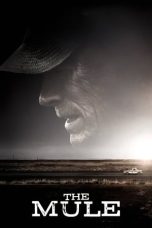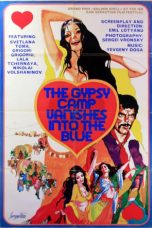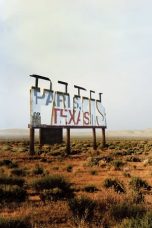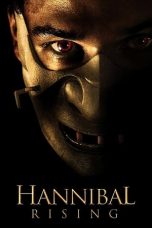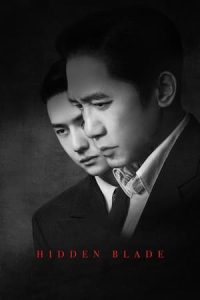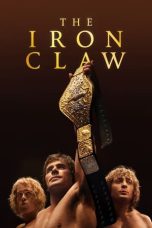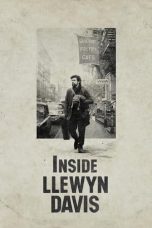- 1
- 2
- Source: Stephen Fox-Strangways, 1st Earl of Ilchester
- Stephen Fox-Strangways, 1st Earl of Ilchester
- Earl of Ilchester
- Henry Fox-Strangways, 2nd Earl of Ilchester
- Giles Fox-Strangways, 6th Earl of Ilchester
- Stephen Fox
- Harry Fox-Strangways, 7th Earl of Ilchester
- Lady Harriet Acland
- Baron Holland
- Mary Fox-Strangways, Countess of Ilchester
- Henry Fox-Strangways, 3rd Earl of Ilchester
Pirates of the Caribbean: The Curse of the Black Pearl (2003)
Sammy Slick: Vampire Slayer (2023)
The Gypsy Camp Vanishes Into the Blue (1976)
The Golden Glove (2019)
Hidden Blade (2023)
Damaged (2024)
Blade (1998)
Inside Llewyn Davis (2013)
Silent Hill (2006)
No More Posts Available.
No more pages to load.
Stephen Fox-Strangways, 1st Earl of Ilchester PC (né Fox; 12 September 1704 – 26 September 1776) was a British peer and Member of Parliament.
Origins
Fox was the eldest surviving son of Sir Stephen Fox (1627–1716), the first Paymaster of the Forces, deemed the "richest commoner in the three kingdoms", by his second wife Christiana Hope. His younger brother was Henry Fox, who was created Baron Holland, of Holland House in Kensington, the father of the Whig statesman Charles James Fox.
Career
He was educated at Eton College and Christ Church, Oxford, then took a Grand Tour. On his father's death in 1716, he inherited (among other estates) Redlynch Park in Somerset, where he improved both the house and gardens. He purchased further land in Wiltshire and Somerset. His father had been appointed to the lucrative post of Paymaster of the Forces under King Charles II, from which post he had made his huge fortune.
In 1726 Fox was elected as a Member of Parliament for Shaftesbury in Dorset, a seat he held until 1741, when he was raised to the peerage of Great Britain and joined the House of Lords as Baron Ilchester of Ilchester in the County of Somerset and Baron Strangways of Woodford in the County of Dorset; In 1747 he was created Baron Ilchester and Stavordale of Redlynch, in the County of Somerset, with special remainder in default of male issue of his own to his younger brother Henry Fox, and in 1756 was further honoured when he was made Earl of Ilchester, with the same special remainder. In 1763 he was admitted to the Privy Council.
Private life
Fox was the lover of the diarist and courtier John Hervey (1696–1743) for about ten years, from 1726 to 1736. Many passionate letters between the two survive. Hervey initially favoured Fox's brother, Henry Fox, but when "charmingly rebuffed" paid infatuated court to Fox. Their relationship ended about the time Fox entered into an arranged marriage.
Marriage and children
In 1735, at the age of 31, Fox agreed to an arranged marriage with the thirteen-year-old Elizabeth Horner, daughter and sole heiress of Thomas Strangways Horner (1688–1741), a landowner and member of parliament, of Mells Manor in Somerset, Sheriff of Somerset in 1711/12, by his wife Susanna Strangways, a daughter of Thomas Strangways (1643–1713), of Melbury House, and eventual sole heiress of her brother Thomas Strangways (d. 1726). In accordance with the terms of his wife's inheritance from her childless brother in 1726, Thomas Horner had adopted for himself and his descendants the surname and arms of Strangways. The marriage was arranged secretly by the bride's mother Susanna Strangways, whose "paramour" was Henry Fox, Stephen's younger brother. Thomas Horner objected strongly to the marriage (which his wife denied him any involvement in arranging), not only because he considered his daughter too young, but also because he opposed the Whig politics of the Fox family. His manor of Mells passed by tail male to his younger brother. In 1758, Stephen Fox also assumed the additional surname and arms of Strangways, in accordance with the terms of his wife's inheritance. By his wife he had the following children:
Lady Susannah Sarah Louisa Fox-Strangways (1 February 1743 – 1827), known as "Susan". She was the childhood object of affection of her first cousin the future Whig statesman Charles James Fox (1749–1806), who in 1760 when a schoolboy at Eton, composed a prize-winning Latin verse describing a pigeon he found to deliver his love-letters to her "to please both Venus its mistress and him". The scenario was captured in a painting by Sir Joshua Reynolds. The young Charles was however very disappointed when in 1764 she eloped with the "unsuccessful" Irish actor William O'Brien. The match caused a scandal in high society, with Horace Walpole commenting: "Even a footman were preferable — the publicity of the hero's profession perpetuates the mortification".
Lady Charlotte Elizabeth Fox-Strangways (b. 11 March 1744);
Lady Juliana Judith Fox-Strangways (b. 10 July 1745);
Henry Thomas Fox-Strangways, 2nd Earl of Ilchester (29 July 1747 – 5 September 1802);
Lady Lucy Fox-Strangways (15 December 1748 – 16 August 1787), married Colonel Stephen Digby;
Lady Christian Henrietta Carolina Fox-Strangways, called Harriet (3 January 1750 – 21 July 1815), who in 1770 married Colonel John Dyke Acland (1746–1778) of Tetton and Pixton in Somerset, a Tory Member of Parliament for Callington in Cornwall, a major landowner in the West Country who due to his traditional Tory opinions was considered a "provincial boor" by the Fox family's Whig set that gathered at Holland House. She was a heroic figure who accompanied her husband whilst he was fighting in the American War of Independence, and there crossed the Hudson River into enemy lines to nurse him after he was wounded, which scene was later recorded in a painting exhibited in the Royal Academy. Their daughter and only surviving child Kitty Acland married Henry Herbert, 2nd Earl of Carnarvon (1772–1833).
Lt.-Col. Stephen Strangways Digby Fox-Strangways (3 December 1751 – 12 March 1836);
Lady Frances Muriel Fox-Strangways (August 1755 – 5 May 1814), who married Valentine Quin, 1st Earl of Dunraven and Mount-Earl;
Rev. Charles Redlynch Fox-Strangways (27 April 1761 – 4 November 1836), who married Jane Haines;
Death and burial
Fox died in September 1776, aged 72, and was succeeded by his son Henry Thomas Fox-Strangways, 2nd Earl of Ilchester.
Fictitious depictions
Stephen Fox appears as "Stephen Reynard", later Lord Ivell and Earl of Wessex, in the short story "The First Countess of Wessex" by Thomas Hardy, collected in A Group of Noble Dames.
Arms
The arms of the head of the Fox-Strangways family are blazoned Quarterly of four: 1st & 4th: Sable, two lions passant paly of six argent and gules (Strangways); 2nd & 3rd: Ermine, on a chevron azure three foxes' heads and necks erased or on a canton of the second a fleur-de-lys of the third (Fox).
References
External links
Kidd, Charles, Williamson, David (editors). Debrett's Peerage and Baronetage (1990 edition). New York: St Martin's Press, 1990
Tillyard, Stella. "Aristocrats: Caroline, Emily, Louisa and Sarah Lennox, 1740-1832" Additional information needed








